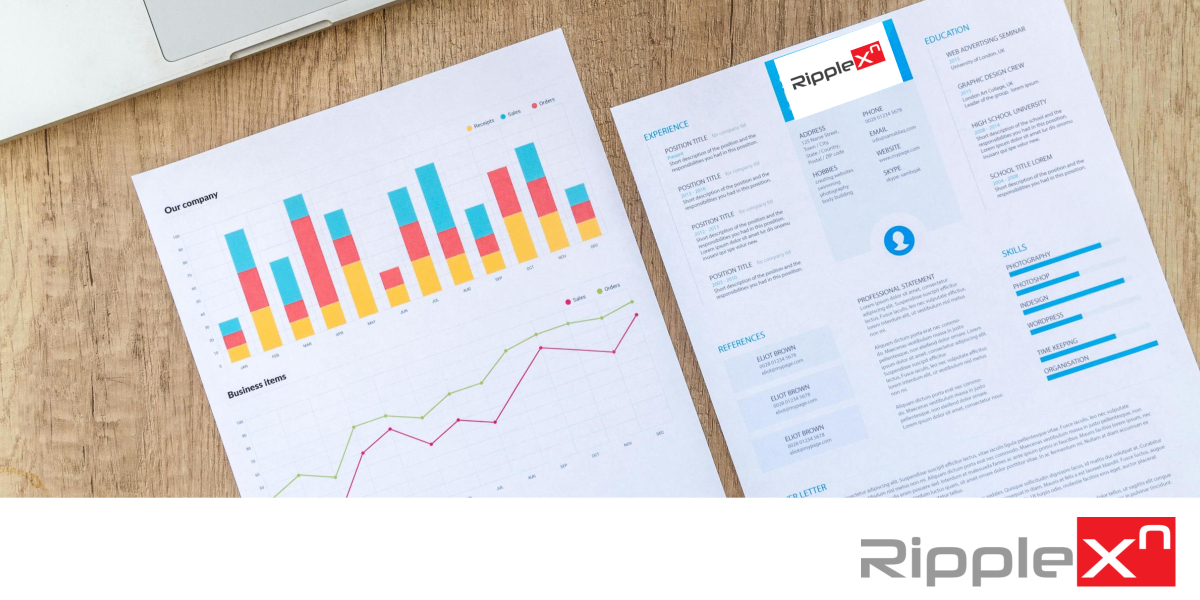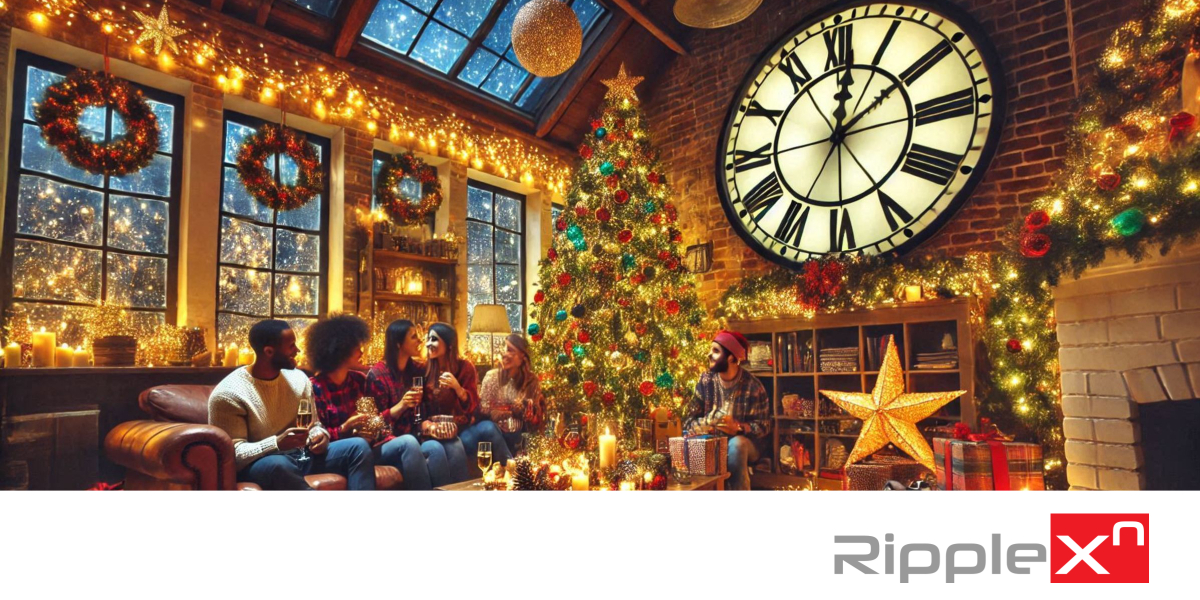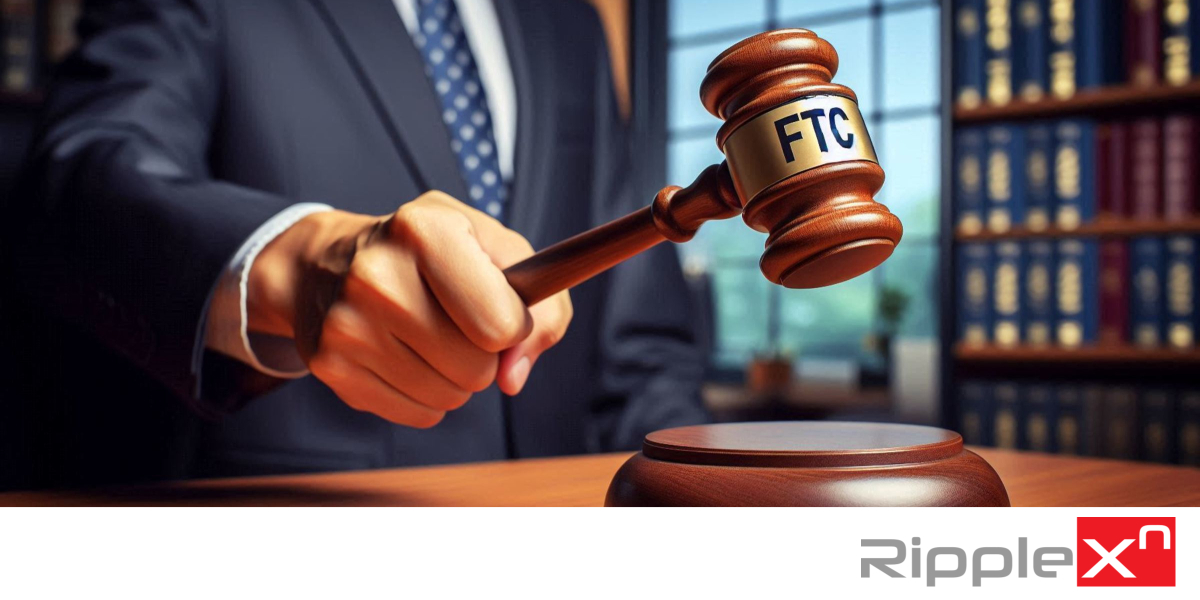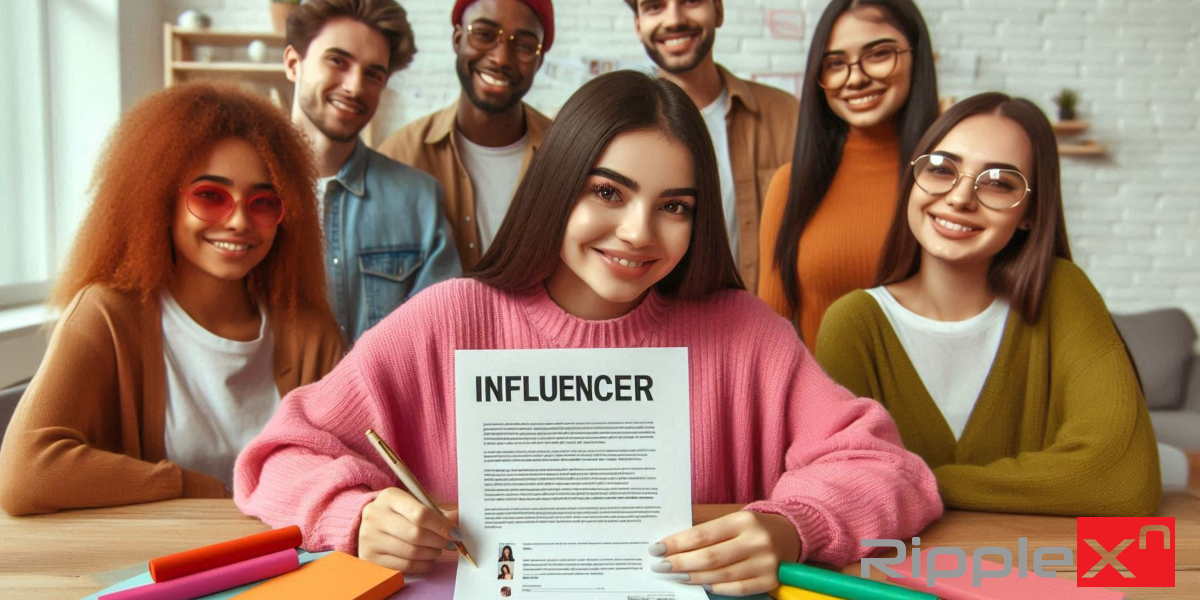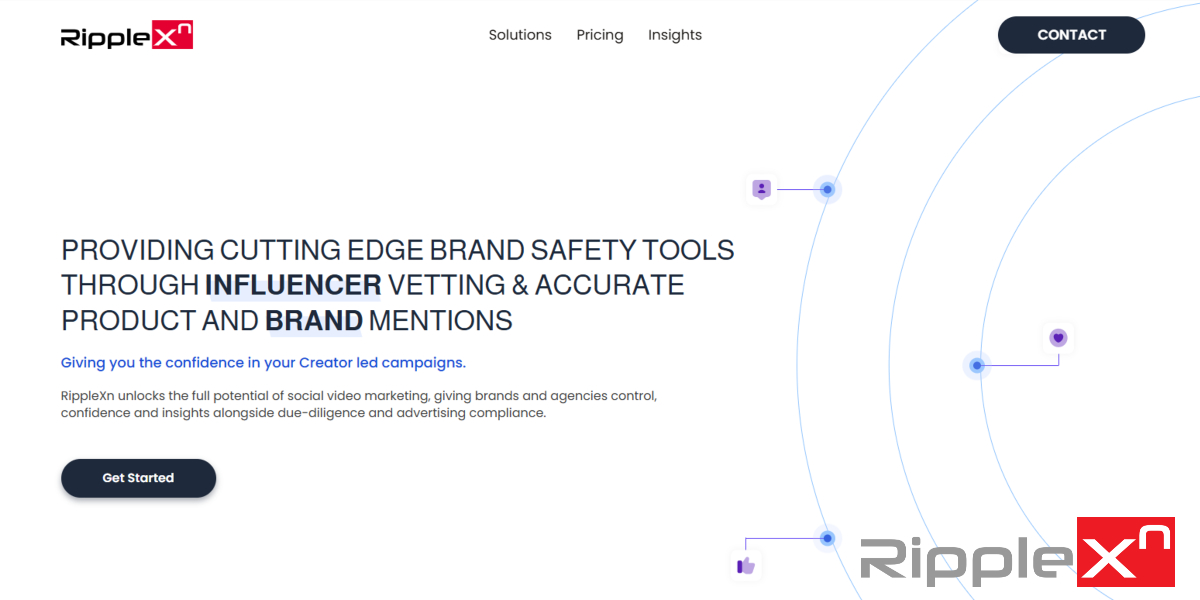An influencer media kit is the key for many influencers to unlocking successful brand partnerships.
This essential document highlights what makes you an ideal collaborator for brands. A standout media kit should:
- Showcase unique strengths: Highlight what sets you apart and makes your content compelling. Where you publish and examples of media products and other successful collaborations.
- Demonstrate your engaged audience: Include follower stats and engagement metrics to prove the value of your online following.
5 Reasons you need an Influencer Media Kit
Describe your audience profile
Channel stats will usually be enough to get you shortlisted, but it’s audience alignment that brands are looking for. Describe your audience, who they are, where they are, what they watch and when, what they like and kinds of brands they’re interested in. Provide follower stats and engagement metrics to prove the value of your online following. .
Present your best work
Include examples of your most successful posts, campaigns to show your creative capabilities, and the platforms you operate on.
Establish Credibility
Share testimonials and case studies from past brand partnerships to build trust.
Outline Your Services
Clearly list the types of content you can create and the services you offer to potential partners including evidence of work, even rates.
Highlight Your Professionalism
A well-organized media kit reflects your seriousness and commitment to potential collaborations.
And a bonus 6th……..
Serious buyers only
A media pack will weed out unorganized, unwilling or not ready partners who may waste your time.
What should be included in your influencer media kit?
A short Bio
Your bio is the first impression brands will have of you, so make it count. Include your name, location, broadcast language, any translated subtitles, and what you do. Share your interests, values, and experience to give a complete picture of who you are as an influencer. This needs to be relevant to your passion, your specialism and the platforms you operate on.
A list of your social media accounts
Provide a list of your social media platforms, complete with links. This allows brands to easily view your content and see you in action. Do call out specific examples.
Your performance stats
While quality matters, numbers are still crucial. Include key metrics to help brands assess your reach and engagement.
- Number of Followers: Important, but not as critical as…
- Engagement Rates: Show how many people interact with your content to prove the authenticity of your followers.
- Audience Demographics Include gender breakdown, location, and age to help brands determine if your audience matches their target market.
Additional useful stats could include:
- Average likes/comments per post
- Posting frequency
- Account growth over time
Successful brand deal case studies
Showcase your success with past brand collaborations. Include detailed statistics such as campaign duration, impact on brand metrics, and the number of conversions driven by your efforts. Highlight any affiliate programs and the results they generated, emphasizing positive outcomes and your ability to drive tangible results.
Your Rates
Include your rates at the end of your media kit to show your value after demonstrating your capabilities. This may vary by platform or the type of collaboration - give multiple examples if needed.
- Being upfront about pricing shows you expect fair compensation.
- List rates as "suggested" or "estimated" to allow for negotiation.
- Alternatively, you can provide rates upon request to tailor them to specific brands and projects.
Photos (if photo platforms like Instagram)
Incorporate high-quality photos to showcase your visual style and photography skills. Photos break up the text and give brands a glimpse of your work.
Contact Information
Ensure your media kit includes clear contact details so brands know exactly how to reach you.
Agencies often work for big brands. What are they looking for?
The bigger the campaign, the bigger the budget, which can mean more partnerships. Often brands will use external agencies to support their internal resources, particularly when it comes to vetting channels for alignment with product or brand’s values.
Looking at your own content through an agency lens can result in more paid opportunities for you. For example;
Obscenities and Profanities
It’s obvious that child-friendly brands are going to be wary of bad language. Equally, more mature audiences may require ‘straight-talking’ for an authentic connection. It’s up to you to strike the right balance and picture the kinds of brands you would like to work with. Also be careful with profanity in a religious context, because some brands may pass on that basis.
Social Engagement and Commentary
This, again, is very much down to the individual creator, what’s covered in the channel, and whether or not this will line up with a particular brand. Politics can be polarizing. World events are also tricky. More importantly, perception can be fluid, whereas a VOD is not.
Who’s watching
Remember that whomever is vetting your channel may be doing so for a brand or client based in another country. If working with that brand is important to you, consider whether your content can be recommended to a decision-maker in another country.
Coming soon!
Very soon, RippleXn will be launching an exciting development. This will be a creator media kit and so many more features. Come back to the site to see the latest updates.
Why RippleXn?
RippleXn can simultaneously watch thousands of hours of social video. It can harvest the text and descriptions, but most importantly it can understand the spoken word.
RippleXn’s tool can solve these problems and provide visibility on the advanced metrics for the campaign and the legal aspects of managing the campaign.
What should I do next?
Talk to the RippleXn team at hello@ripplexn.com or via the onsite forms to discuss how to accurately report on your social media campaigns and advertising compliance.
